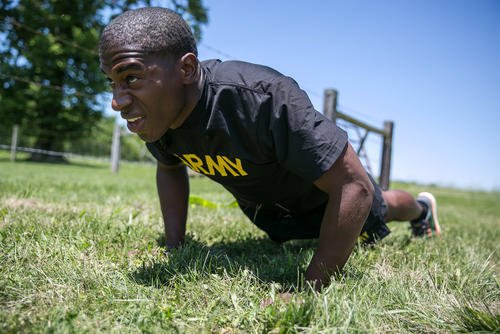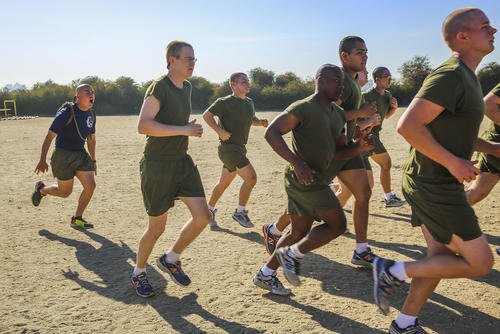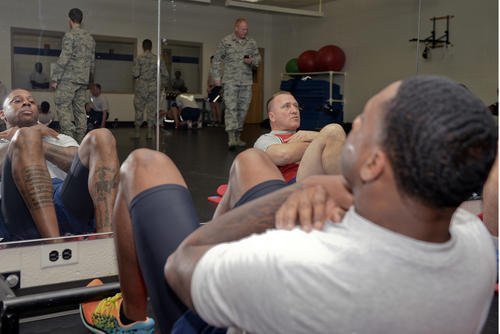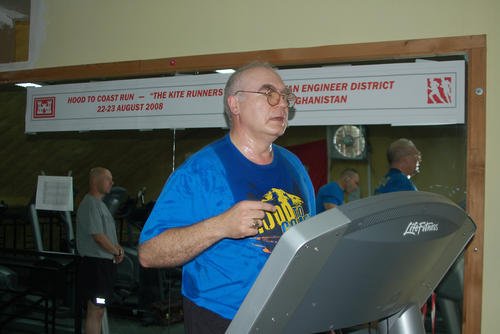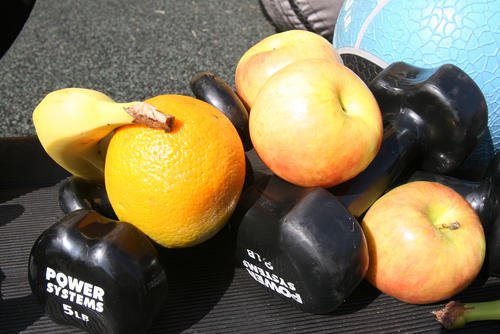Cliff Young was in his 60s when he became a well-known figure in the running world. In the early 1980s, Young was recognized for his running accomplishments, along with his never-quit mindset, persistence and humble work ethic. Released in 2013, the movie “Cliffy” chronicles Young’s rise from a potato farmer to an ultramarathoner and proves it is never too late to start training and achieve a goal.
The Popularity of Running
Marathons were nothing new in the 1970s. The worldwide acceptance of running as an Olympic sport started in Athens in 1896, and its inspiration dates all the way back to the legend of Pheidippides, a messenger who ran from the town of Marathon to Athens to share news of the Greek’s victory against the Persians in the Battle of Marathon in 490 BC.
While the distance between those cities was roughly 25 miles, the modern marathon distance became 26.2 miles in the early 1900s. Then there were races longer than a marathon. These ultramarathons were largely run from one town to another, such as the London to Brighton Race (81 miles) in England in 1897, or as a memorial race like the JFK 50 Mile event that began in Maryland in 1963 and still exists today.
In the United States, a running boom occurred largely because of American Olympian Frank Shorter, who won gold in the marathon in 1972 in Munich. That was also the first year women were allowed to compete in the Boston Marathon. Throughout the ’70s, more people entered long-distance races, which were increasingly being seen as something anyone could do. Fast forward to the early 1980s, when the women’s marathon became an Olympic sport and ultramarathons started challenging runners around the world.
Young became one of those runners, and he soon turned the sport upside down.
The 544-Mile Race that Changed Everything
Long before there was David Goggins -- a retired Navy SEAL famous for his never-quit resolve and ultrarunning exploits -- an Australian potato farmer named Cliff Young took running to a level of mental toughness that conventional runners did not know existed. When the 61-year-old Young stepped to the starting line of the inaugural 544-mile Sydney to Melbourne Ultramarathon in 1983, few took him seriously. Dressed in overalls and work boots, he looked more ready for a day on the farm than an endurance race.
The other competitors, mostly young and sponsored athletes, had a strategy for the weeklong race to run for 18 hours and sleep for six. They wore the latest gear and prepared specifically for the challenge ahead. Young, however, approached the race in a different way. He herded hundreds of sheep on his 2,000-acre farm, and because he didn’t have any horses, he would run to collect the sheep that wandered off. Sometimes, he would run throughout the night; there were even times he continued for two or three days without much sleep.
Read Next: Try This Military Fitness Workout to Improve Leg Strength and Endurance
As the race began, Young started with his classic “Cliff Young Shuffle” and fell behind the other competitors. His shuffling gait was awkward and the crowd doubted he could last, but while the other runners followed a strategy of running and sleeping, Young just kept shuffling along day and night. He rested only when necessary, relying on brief 20- to 30-minute naps. Near the end of the race, the other runners decreased their sleep time to try to catch up to Young.
As with the classic story “The Tortoise and the Hare,” the strange looks and laughter of the other runners turned to disbelief that they were losing. By the final day, Young had overtaken all of his rivals, shocking the Australian public and inspiring people around the world. After 5 days, 15 hours, and 4 minutes, Young crossed the finish line first and defeated the second-place finisher by an astounding 10 hours.
The Lessons Cliff Young Taught Us
Young’s never-quit attitude didn’t just win him the race; it revolutionized ultra running. Many runners adopted his “Young Shuffle” because of its efficiency, and his approach to minimal rest established new strategies in endurance racing. Most importantly, Young proved that determination, grit and heart could overcome any odds -- no matter your age or background.
To this day, Young -- who died in 2003 at the age of 81 -- remains a symbol of persistence and hope, reminding us that the power to not quit is inside us all. Even if progress is slow, it can transform your life and perhaps even the world.
“Cliffy” is available on streaming platforms.
Want to Learn More About Military Life?
Whether you're thinking of joining the military, looking for fitness and basic training tips, or keeping up with military life and benefits, Military.com has you covered. Subscribe to Military.com to have military news, updates and resources delivered directly to your inbox.







